Pre-journey, Nepal meant only one thing to me — Mount Everest. That is all we hear about in the U.S. travel magazines, blogs, and documentaries. But during a chat with a Nepali colleague in Seattle, he told me about the far west of Nepal — wild and remote, with untarnished beauty. He spoke with so much love and pride that I had to know more. The very thought of going away from the usual tourist-heavy trails to somewhere few travelers have ventured into sparked a rush within me. I didn’t want to have just another “vacation”; I wanted to have an experience. So I went explore beauty of Far Western Nepal.
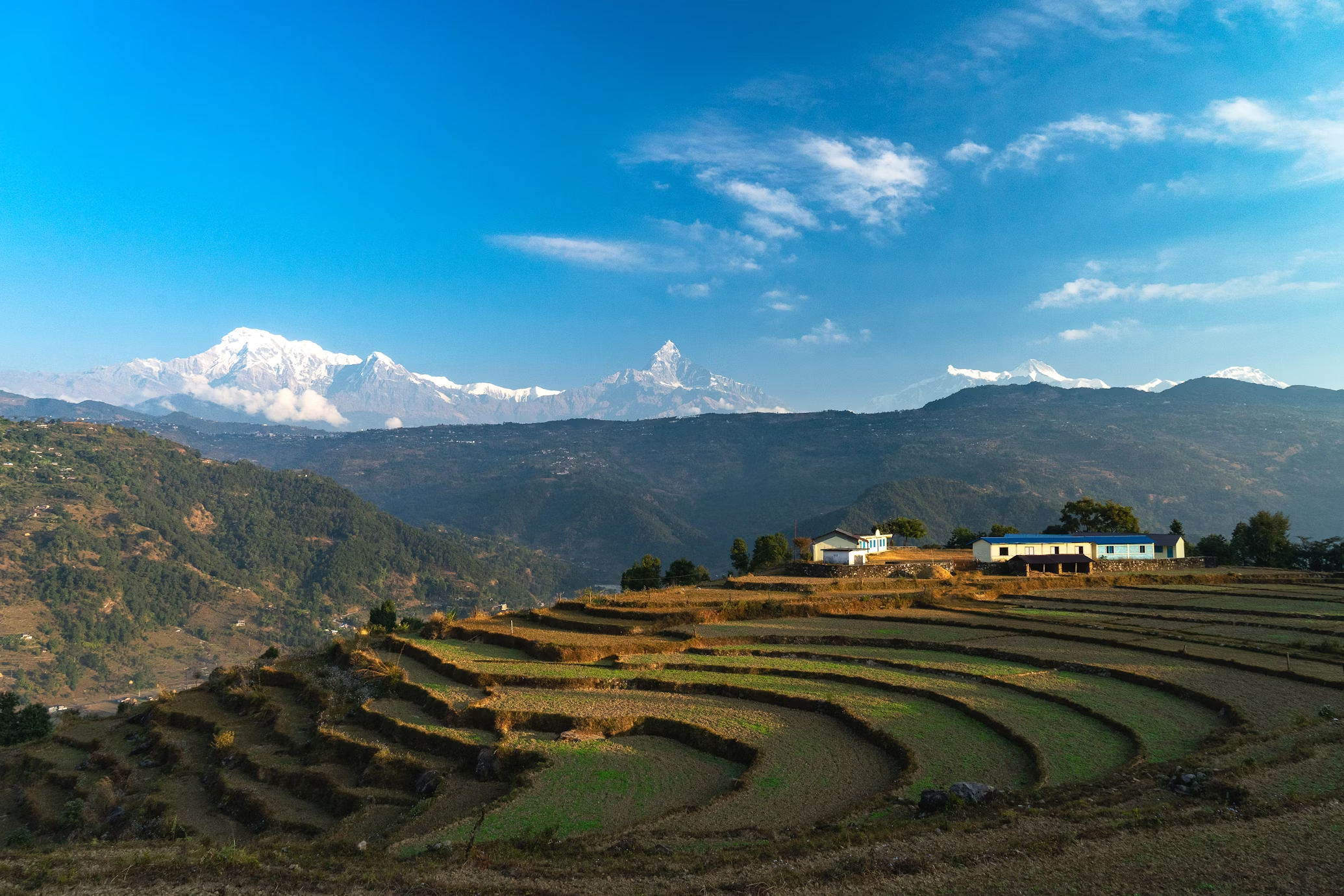
Since coming from the fast life of technology in the U.S., I was in need of stillness and genuineness in return. I came to know that Far Western Nepal had not changed for many decades — and that fascinated me. So I packed light, flew halfway across the world, and commenced what would become one of the most meaningful journeys of my entire life. What I found was more than just a picturesque landscape, but a way of life I’ve never encountered. I had gone looking to find some adventure but found clarity instead. Here’s my blog on finding the soul of Nepal — away from cities but closer to the clouds.
History and Cultural Significance
Sudurpashchim, or Far Western Nepal, is an underserved cosmopolitan travesty. It is home to past-age-wise dynasties like the Doti Kingdom and indigenous groups such as Tharus, with traditions going back many centuries. I heard from the locals that this area was previously an independent princedom and later joined into modern Nepal. Their history is not simply there in books; it is common for all to see in their temples and in people´s clothing and music and their way of life-even the very language varies within one village or another, potentiating a tough identity woven into oral stories. It felt like strolling a living museum.
Spiritual Beliefs
Spirituality coursed through this region, as easily as the waters in its rivers. Places such as Khaptad Baba Ashram in Doti and Badimalika Temple in Bajura do not just lie under the shadow of sanctity; they breathe anathema and history. Local stories say that sages meditated there, wandering in forest silence and learning from the environs. It was fulfilling to walk on these same trails and see where it all started. Unlike established city religious sites, these places didn´t feel like built for visitors-they felt like built for the soul. The simplicity and honesty of the people’s faith touched me deep.
The Beauty
The true beauty of the earth lies in the balance that humans maintain with nature. The people of these lands are in harmony with their environment, planting what they eat, preserving traditions, and keeping their lives elegant in simplicity. I stayed with families who treated me like the long-lost kin of theirs and did share their food and stories with me in good spirit. It’s difficult to express in words how deeply it affected me — no app or guidebook could ever nurture such hospitality. Their culture’s pride wasn’t loud, not at all. It was that low and deep-rooted kind that gave all that power.
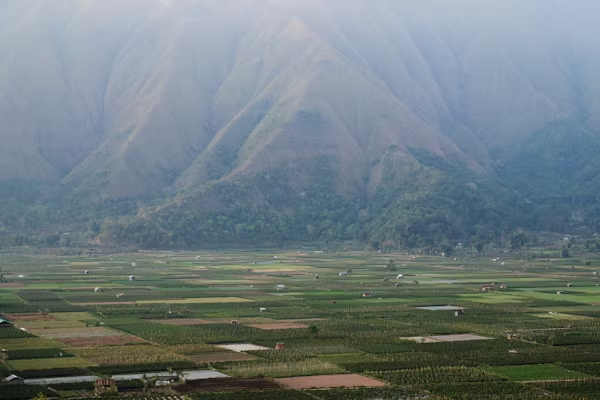
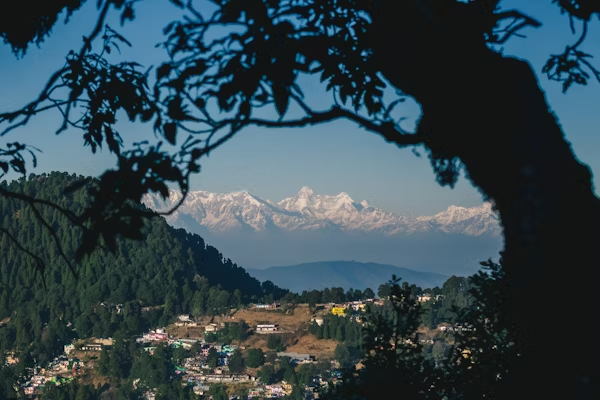
Day-to-Day Experience
My journey began far away in Dhangadhi, a dusty town in Terai plains from the U.S. I traveled through the Dadeldhura hills by jeep — slow and winding climb past forests and farmlands. The ride was rough, and here I got to taste the champagne of life with ever so greedy rewards during bumps: breathtaking views, chances have encounters, and tiny tea stalls where I had hot chiya and listened to the faint sound of the mountains sighing.
Dadeldhura felt very peaceful, cool, old architecture, and warm smiles. I stayed the night at a very tiny guest house and spent the remainder of the night admiring the stars — an awakening, considering I could barely do that at home. That was the first time it struck me that this was truly going to be a different trip.
Heading towards Khaptad National Park
After some days, I left for Khaptad National Park, accompanied by Ram, my local guide turned dear friend. We walked beneath moss-laden forest trees and through high-altitude meadows, past sheep ablaze, and shouting shrines, silenced yet hidden. That night, we pitched camp on the edge of a cliff literally forever—hills layered underneath clouds. The stillness there slowed time almost to holiness. By dawn, we went to Khaptad Baba Ashram, a spot of quiet affinity and profound peace. I said very little. I didn’t need to. The silence said everything.
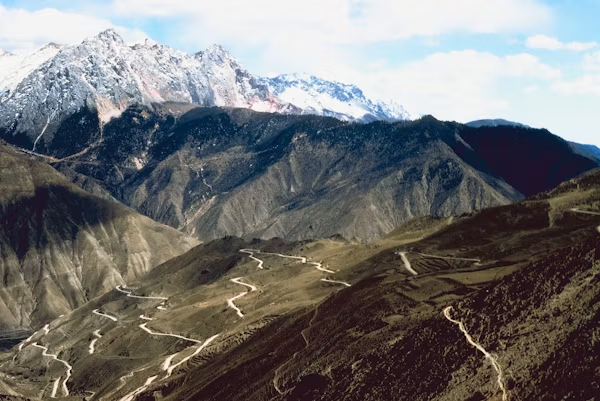
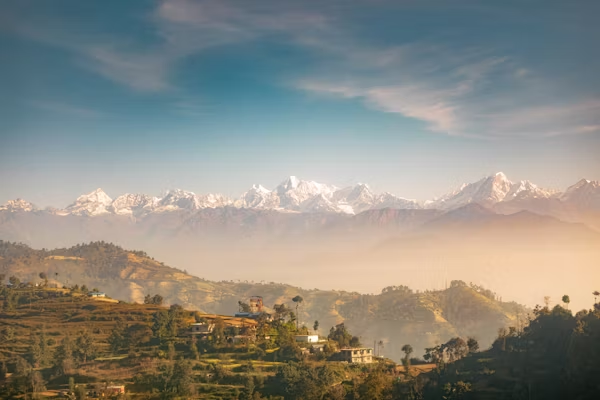
The power vested in that moment surpassed all others on the Badimalika Temple trek in Bajura. The trail was steep, the air was thin; yet, in all of those conditions, something felt light and buoyant, as if some invisible force was helping to carry me up the trek. Pilgrims from all over Nepal joined in the hikes-there were those who walked barefoot, some whose lips were barely moving in chant. The temple is perched on a ridge-top high above clouds with prayer flags fluttering in the winds around it. I had to wipe the tears off my cheeks upon reaching the pinnacle, not because of agonies or tiredness but for some reasons most people cannot fathom. I remained seated in contemplation for quite a while, lost in the place’s magnificence, devotion, and tremendous aura. The beauty that Far – Western Region of Nepal holds can’t be described just in a sentence.
What I Saw, Felt & What Amazed Me
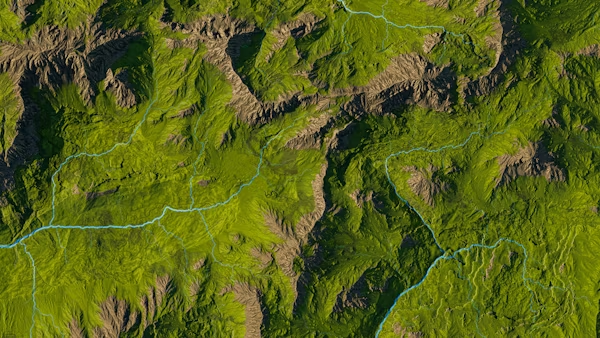
Any day in Far Western Nepal had something new — and not the kind of “new” you would scroll past on the internet. Beauty of Far Western Nepal is far from ordinary. I was watching pristine rivers flow through green valleys; villages with stone roofs were perched on cliffs, and above were golden crops swaying with the wind. What amazed me was the feeling of everything being untouched — no wires, no concrete blocks, no noise. The people live close to the earth; because of this, an aura emanates from them that is calm and grounded. I felt as if I had witnessed life unfolding in its real, raw form, and slow-walking.
The kindness of the people amazed me. I was a foreigner with limited Nepali, but never once did I feel like I was an outsider. I was invited to join in a festival in Achham, dancing and singing with a number of locals who also pulled me into their circle laughing as I struggled to mimic the steps. In another village, an old gentleman gave me his walking stick for an arduous climb and later adamantly refused to take it back. These might seem like small moments, but to me, these are the big ones. This was not just sight-seeing-this was heart-seeing.
Travel Tips for Far Western Nepal
- ravel light and expect basics – This is not a luxury destination.
- Hire a local guide – They enrich your journey and support the community.
- Learn basic Nepali phrases – A simple “Namaste” goes a long way.
- Respect nature and customs – Don’t litter, and ask before taking photos.
- Prepare for tough roads – Some routes require strong vehicles and patience.
- Spring (March–May) and autumn (Sept–Nov) are the best times to visit.
Conclusion
On my way back to the United States with the view of the Himalayas obscured by clouds, I knew I was not the same person who had been there. Far Western Nepal opened my eyes and softened my heart; I have acquired memories that shall be with me forever. It is a land that does not just teach beauty to you but makes you feel it deep down. I may be far away now, but part of me lives in those hills and temples, along with the generosity of those I met. Beauty of Far Western Nepal has left deep impression on me. I had gone there in search of an alternate experience and had, instead, found something timeless. And I know there will be a day when I return, but not in the company of tourists; that time I will return as one who is coming home.

